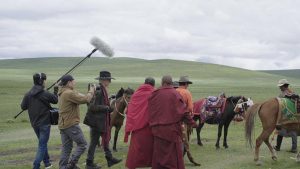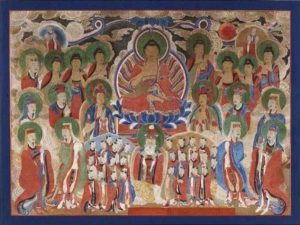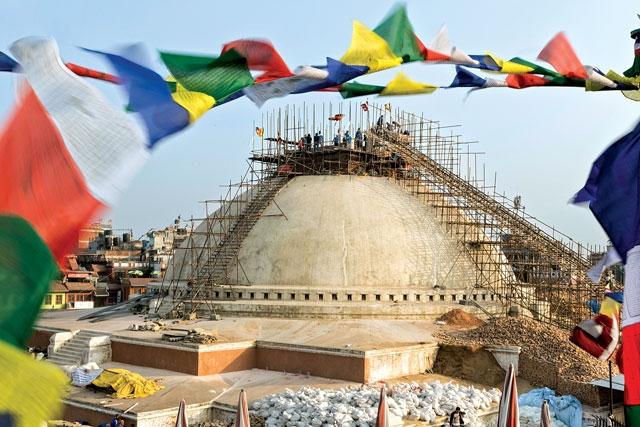
A year has now passed since the first of two devastating earthquakes struck Nepal, killing thousands of people, displacing a great many others, and damaging hundreds of unique heritage sites. Although the process of rebuilding has moved at a snail’s pace, reports indicate that, with the assistance of both national and international organizations, Nepal is gradually taking steps to restore the damaged heritage sites, despite bureaucratic hurdles that have delayed much of the promised assistance.
On 17 April this year, UNESCO announced the launch of a new project to rehabilitate the Kathmandu Valley World Heritage Site in cooperation with Nepal’s Ministry of Culture, Tourism and Civil Aviation. The three-year project will prioritize the recovery of Hanuman Dhoka, a complex of structures within the Royal Palace of the Malla (c. 1201–1769) and Shah dynasties (1768–28 May 2008) in central Kathmandu’s Durbar Square, and Swayambhunath, a Buddhist stupa complex atop a hill a few miles west of the city consisting of a number of shrines and temples, some of which date to the 5th century. The project will be carried out in partnership with the Hainan Province Cihang Foundation, China.
“We must respond through culture because culture and cultural heritage are unparalleled forces of identity, belonging, and renewal,” said UNESCO Director-General Irina Bokova in Kathmandu. “This is how we will do justice to the Nepalese people and all of humanity because this extraordinary heritage belongs to all of us.” (UNESCO)
Nepal’s minister of culture, tourism, and civil aviation, Ananda Prasad Pokharel, expressed gratitude for the assistance provided by donors, affirming Nepal’s determination to reconstruct more than 100 damaged sites in the current fiscal year.
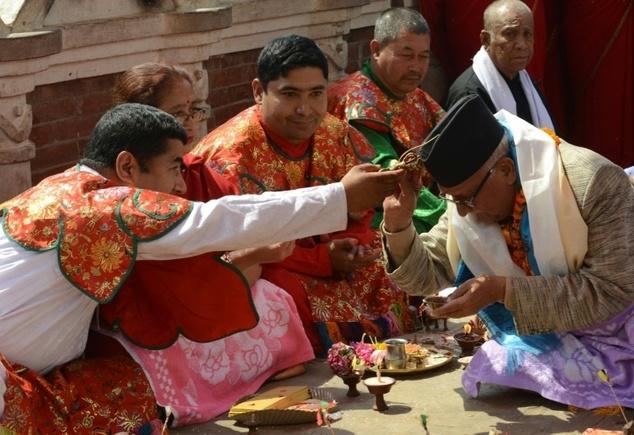
At Kathmandu’s spiritual heart, work is already underway to rebuild the Boudhanath Stupa. The stupa’s spire sustained major cracks in the quake, and as a result, the entire structure above the dome had to be dismantled and the religious relics within removed.* In March, the wooden frame of the stupa’s umbrella was partially stripped of its sheet-copper covering, and further restoration is ongoing. When all the copper has been cleaned and restored to its original shape, the spire and umbrella will eventually be replaced and the newly repainted eyes of the Buddha will return to their rightful place, their watchful gaze restored.
Listed as a UNESCO World Heritage Site in 1979, Boudhanath is one of the largest stupas in the world. It is generally believed to have been founded by King Shivadeva (c. 590–604), although some chronicles date it to the reign of King Manadeva (464–505). Boudhanath lies on an ancient trade route from Tibet that enters the Kathmandu Valley through the village of Sankhu, near the northeast corner of the stupa. Today, it remains a center of Nepal’s Tibetan community, which has constructed more than 50 monasteries around the stupa, most of which also suffered significant damage during the quakes.
On 25 April, a prayer ceremony was held at the badly damaged Swayambhunath complex in the presence of Nepal’s prime minster, Khadga Prasad Sharma Oli, to inaugurate the start of rebuilding work on several ancient heritage sites. Apart from Swayambhunath itself, they include the Changu Narayan complex (a Hindu temple in the historic district of Bhaktapur) and two wooden pavilions once used for royal ceremonies.
“They are treasures given to us by our ancestors . . . it is our responsibility to hand them down to the next generation the way they were handed down to us,” said Bhesh Narayan Dahal, director general of Nepal’s Department of Archaeology. “We will begin reconstruction of other monuments as well, work has been slow but now it will pick up pace.” (Mail Online)
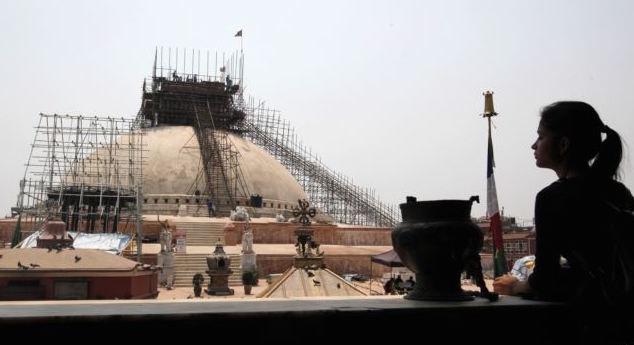
The quakes affected some 750 historical, cultural, and religious monuments in 20 districts, 133 sites being completely destroyed. Nepal’s Department of Archaeology drew up a plan last year under which it projected completing 90 per cent of restoration work in the Kathmandu Valley within five years; however, due to uncertainty over the formation of a National Reconstruction Authority, restoration work was delayed. A post-disaster assessment prepared by the government estimated that US$6.7 billion would be needed to restore all the damaged heritage sites.
At a UNESCO World Heritage Committee review in Germany in mid-2015, the Kathmandu Valley narrowly escaped being placed on the organization’s List of World Heritage in Danger. The panel gave Nepal a year to take action before reviewing progress. Further delays to restoration work could result in Kathmandu being removed from UNESCO’s list of World Heritage Sites altogether.
According to an Associated Press report, besides slow progress on the restoration of Nepal’s damaged heritage structures, the government has made almost no headway on its pledge to rebuild thousands of homes, schools, and government buildings. With US$4.1 billion in international donation pledges received so far, officials and aid workers on the ground say the problem lies with Nepal’s entrenched, labyrinthine bureaucracy and government lethargy, as a result of which some frustrated donors have simply given up and walked away.
“We just lost a donor who wanted to give US$400,000,” said Christian Manhart, UNESCO’s representative to Nepal. “Everything seems to be blocked because there are very lengthy government procedures.” He added that the UNESCO office alone had a budget of about US$1.8 million for Nepal still waiting to be spent. (The Big Story)
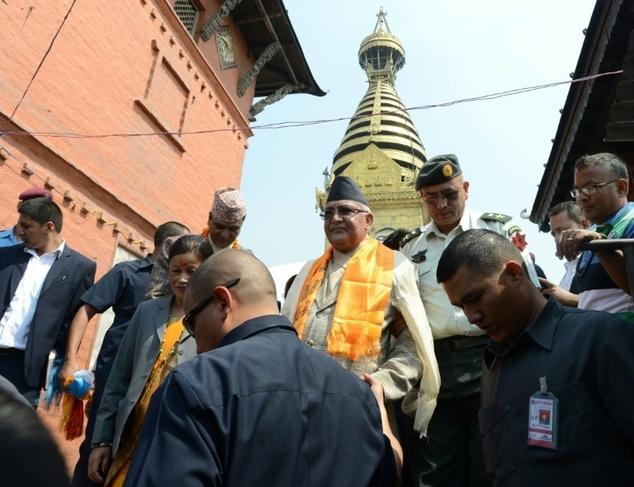
“The donors who want to rebuild our monuments need to follow our rules and procedures,” said Department of Archaeology official Suresh Suras Shrestha, acknowledging that a Nepalese law requiring that government contracts go to the lowest bidder presented a further hurdle as the contractors with the lowest bid may lack the expertise or knowledge to restore structures that date to the 5th or 6th century. (The Big Story)
* The relics were recently returned to the restored spire and people had the opportunity to add new offerings.
See more
Preservation of metalwork at the stupa of Boudhanath (Preservation of Metalwork in Nepal)
On anniversary of Nepal earthquake, a new partnership for heritage (UNESCO)
Virtually no gov’t rebuilding 1 year after Nepal quake (The Big Story)
Nepal Begins Reconstruction of Heritage Sites (Voice of America)
Reconstruction of world heritage sites in limbo (The Kathmandu Post)
Nepal marks quake anniversary with prayers and tears (Mail Online)
Boudhanath (Wikipedia)
Nepal Moves to Rebuild Earthquake-damaged Heritage Sites (Buddhistdoor Global)


